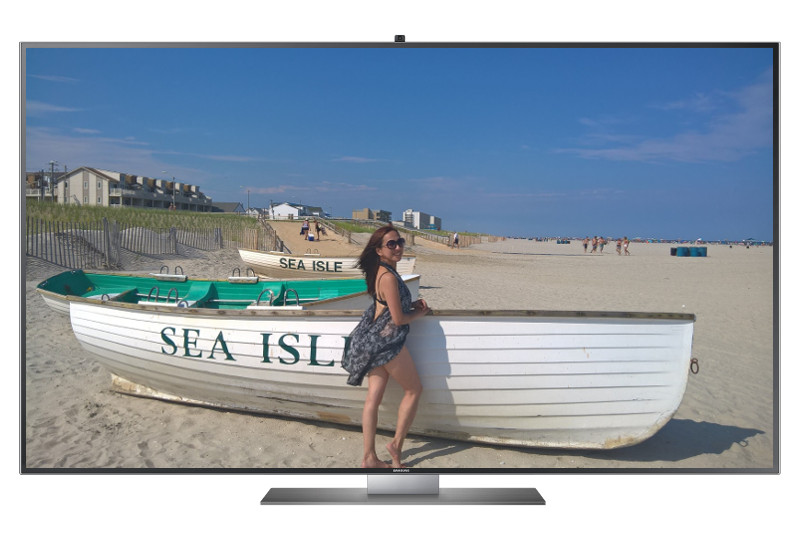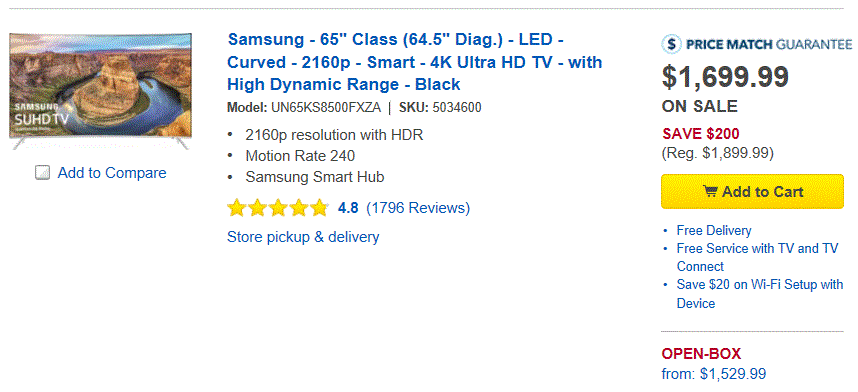Great post! I do this same type of analysis when I’m deciding whether to purchase something or not. Is this product really worth the future value? NAW!

Earlier this morning, I sold a mutual fund that I held for 15 long years– Laudus International MarketMasters Fund™ (ticker symbol SWOIX). As the name suggests, the fund invests in shares of companies outside the United States. It falls under Morningstar’s “Foreign Large Growth” category because the fund manager’s focus is on the stock’s long-term growth prospects as opposed to its valuation.
I bought the shares in 2002 for $1,699. I no longer have a copy of the trade confirmation because 15 years is a very long time, but I do remember the exact amount. This is because it was one of my first mutual fund purchases outside a company-sponsored 401K retirement plan. I had to roll over a measly balance of about $5,000 to a traditional IRA account. I then split the amount evenly to buy shares of 3 mutual funds for $1,699 each.
I finally decided to sell the fund (in favor of another) because of the following reasons:
- The 15-year average annual return of 7.75% is boring
- The gross expense ratio of 1.59% is relatively high even for an international fund
- I decided to switch to a more value-focused ETF fund
Interestingly, the shares are now worth a cool $8,580 even though I never actively bought additional shares of the fund (I stopped contributing to my traditional IRA in favor of a Roth IRA).
The number of shares I own grew over the years from about 150 to 396 when I sold it. Thanks to automatic dividend reinvestment!

That said, you’re probably wondering what on earth the selling of my mutual fund has anything to do with buying a 65″ TV.
Nothing really, but you probably need to think twice before buying that $1,699.99 TV on Best Buy.
I hope this post gave you an idea of what’s the opportunity cost in the long run.




